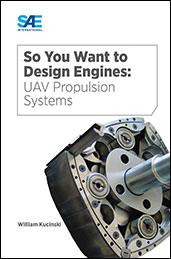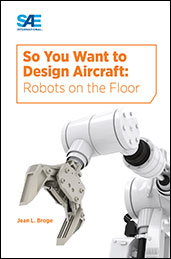Technical Paper
FPGA Implementation of In-Cycle Closed-Loop Combustion Control Methods
2021-09-05
2021-24-0024
This paper investigates the FPGA resources for the implementation of in-cycle closed-loop combustion control algorithms. Closed-loop combustion control obtains feedback from fast in-cylinder pressure measurements for accurate and reliable information about the combustion progress, synchronized with the flywheel encoder. In-cycle combustion control requires accurate and fast computations for their real-time execution. A compromise between accuracy and computation complexity must be selected for an effective combustion control. The requirements on the signal processing (evaluation rate and digital resolution) are investigated. A common practice for the combustion supervision is to monitor the heat release rate. For its calculation, different methods for the computation of the cylinder volume and heat capacity ratio are compared. Combustion feedback requires of virtual sensors for the misfire detection, burnt fuel mass and pressure prediction.














